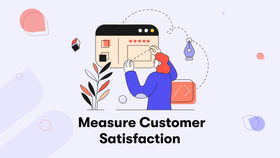[Interview] Neal Schaffer on How to Build Relationships with eCommerce Influencers
Here's our interview with the world's leading influencer marketing expert - Neal Schaffer. Learn about building relationships with influencers + tips + tools.
Updated November 6, 2024
![[Interview] Neal Schaffer on How to Build Relationships with eCommerce Influencers main image](https://entail.mayple.com/en-assets/mayple/6194d6b0ff9b9cf0daf35978_1201117809151689Mayple1920x1080MAR1_02_8817e554b079ec2ed8ac2e7bb0743c8c_2000-1699776049691.png)
Influencer marketing is on the tip of everyone’s tongue nowadays, in the eCommerce world. We’ve all been there.
An eCommerce brand owner might think - “hmm, should I put my marketing dollars into a paid advertising campaign? into email marketing? into a CRO campaign? Or should I hire the right influencers to promote my brand on social media?”
To answer that question, we sat down with one of the world’s top experts in influencer marketing - Neal Schaffer. Neal is a keynote speaker, best-selling author of three books on social media and influencer marketing, teaches digital media at several universities around the world, and is the owner of his own consultancy called Fractional CMO.
In this interview, Neal gave us some of the best strategies for influencer discovery, growing an influencer program, as well as how to engage your employees and make them into your brand ambassadors online.
Let’s dive in.
Why should eCommerce brands use influencer marketing?
There are several challenges that drive brands to try influencer marketing. A lot of the more traditional marketing and promotional methods don’t work as well for a lot of brands. Brands can certainly leverage SEO, loyalty programs, and email marketing and track the revenue that comes from each one of them but the returns are really difficult to optimize.
The biggest marketing channel remains to be paid ads and the knee-jerk reaction of many marketing managers is to spend a ton of money on ads because organic social media just doesn’t do well. Organic social is very challenging and it's almost impossible to really get ROI from it. The algorithms are just skewed towards people.
Back in 2012-2013 when Facebook was really viral, brands were getting incredible page rank or organic reach for every single Facebook post. That’s not the case anymore. Also, the whole idea about social media is viral word of mouth. And your ads do not get viral word of mouth. It's an ad campaign - when it's on, it's on when it's off, it's off.
That’s not to say that you should decrease your use of paid social ads, it is a necessary evil, and you need to get the word out about your product. That's still very effective, but for every dollar that you invest in paid media, you can be investing it in influencers.
Influencer marketing doesn’t mean spending millions of dollars to hire someone like Charli D’amelio or Kim Kardashian. Brands should start by tapping into people that already have a brand affinity for their product and brand.
What’s wrong with traditional influencer marketing?
The traditional influencer marketing industry uses a talent agency business model. They usually say - we'll find your talent, and you pay us lots of money. It's similar to TV commercials which work because you have a guaranteed number of impressions. But with social media, you never know how many impressions you get and what type of audience you’re tapping into.
Pro tip: want to create the right strategy for your influencer campaigns? Get our latest influencer marketing checklist.
Find influencers that are already part of your audience
As you grow your eCommerce brand you will have customers, people on your email list, your abandoned cart segment, and there’s a lot of potential there. On social media, you might have followers and people that have already engaged with you. And it’s really about tapping into these people that have a brand affinity for you, they already have some sort of “like, know, and trust” for your brand.
First, start by finding the influencers that are there. Start by working with people that are part of your existing audience. Influencers that already know and like your brand.
Social media is about organic word of mouth, viral word of mouth. It's not going to happen organically today. It's become to play. We're going to continue to do our paid media. But at the same time, we're going to slowly build up this fan base of people that we can activate.
Many eCommerce brands think that influencer marketing is really expensive. They are also hesitant of reaching out to these micro and macro-influencers that they don’t know.
Reaching out to influencers that are already customers of the brand is an easier and more natural way to start with influencer marketing. It truly becomes a community-building exercise with people that are content creators and have their own networks of followers.
Micro-influencers vs Nano influencers
The influencer marketing industry has grown a lot in the last few years. In the past, the ideal influencer to work with was called a micro-influencer, which is someone that has over 10,000 followers.
If you've ever tried to build an Instagram following to 10,000, it is not easy. It does not happen overnight. Then they realized that that was limiting and many influencers priced themselves out of the market. So brands have expanded the pool to nano-influencers, which are people with over 1000 followers.
The power of nano-influencers is that they are small enough that they could cut through the algorithm and get way more impressions than you could get through organic social media.
Best influencer tool - Carro
Here is a great influencer marketing tool that every eCommerce brand should use. It’s called Carro and it’s a Shopify app (has a free plan). What the tool does is that it takes your shopping cart history, your email database, and your Instagram following. It then uses all this data to find people on your list that are already influential on Instagram.
We used the tool for an eCommerce client of mine and we found verified Instagrammers that had over 100,000 followers that were already comfortable with the product. They never followed the brand.
They never engaged with the brand on social media, yet they were customers, and therefore they were someone that we could reach out to. And you don’t have to sell these influencers on your product, they already know and potentially love your brand.
How Neal promoted his book using influencers
Here’s an example of influencer marketing in action.
My publisher said that the number one thing I can do to promote my book is to get genuine reviews on Amazon, whether they're good or bad. So I could have placed an ad to do that.
But what I did was I looked back at who reviewed my previous book. I could look at who else reviews marketing books on Amazon because that’s a finite group of people (Amazon influencers). Then, I went on LinkedIn and found out that I'm connected to all these people that have written reviews for similar books, so I reached out to them.
So it's really starting with your home base, starting with people that you already know and really making an impact from that. And then you can move out to people that you don't know, but here's the thing, the more people that you work with, the more word of mouth that gets out there, the more you build your own influence as a brand.
Word of mouth lives on forever
The goal is to get to a point where your brand is influential enough that influencers will come to you. That’s the switch from outbound to inbound. That first group of influencers that you’ve built, when your paid media ad campaign stops, these people live on.
These influencers talk about your product, forever, really.
Especially if they're creating content like blog posts or YouTube videos or even pins on Pinterest, which seem to have a long life span.
This is something that you don't get with paid media. So it's almost like you're mitigating your risk by putting some of your budget into these influencer relationships. Just make sure that you are tracking all your data.
Whether you do affiliate marketing or you offer them codes for commissions, or you do branded content on Facebook and Instagram, you can track all these posts do and really compare apples and apples.
How to build influencer relationships
It's the same as a loyalty program, right? First, there’s a vetting process of who gets to apply, the sort of engagement, and purchase history they have. Then, you're going to reach out to them and say: “Hey, we’ve just created this new loyalty program. We'd love for you to join. And here are the benefits...”
What we're trying to do with influencers is very similar. You could say “We’ve just created our brand influencer program in order to celebrate our customers and fans, and we’d like to invite you to be part of it. All I ask is just for a few minutes of your time on the phone call to get to know more about you and how this program can serve you”.
These aren’t programmable ad units in the Facebook ad platform. These are people and every person has their own different objective. A lot of influencers are not in it for the money. Some love to talk about your product and want to get that “Official Ambassador” title. Some are interested to become an affiliate.
Whatever the motive, once you start reaching out to people, you begin to realize the needs and wants of people. And that's where you begin to create this program. And an integral part of the program is shipping free product.
How to re-purpose influencer content
The content that influencers will create for you is going to outperform your own content, especially if you’re going to re-purpose it. Remember, always tag your fans or influencers that made the piece of content, in order to build trust with your audience. Also, use the same creative content in your ad campaigns, in your shopping cart, on your website.
Data shows that when you use user-generated content (UGC) everywhere - like in your ads, your site, your shopping cart - then everything performs better.
There's a content amplification side to influence the marketing that normally people think about. But it's the content creation side of content outsourcing that might even be more valuable. And I believe can give you all the content you need.
How to train your influencers to create better content
You don't need to create your own content, just use content from your fans and influencers. I met an eCommerce brand in Singapore once (wrote about it in my book the Age of Influence), that created a training program for their influencers.
They were bringing in mega influencers and paying them to teach the nano influencers, how to take better photos, how to shoot better videos, how to write better copy So now, instead of investing in Facebook or Twitter ads, you're now investing in people, you're investing in relationships and you're investing in collaborations.
And from that effort, the next time you come up with a new product, you already have people that are ready to talk about that new product and create content for it. If you wanted to do an event, you have people that are going to come and help promote that event.
And now you have your own “user focus group” because these people have their ears on the ground. They have their finger on the pulse of what's going on in terms of your competitors or how people resonate with your products. You now have a really invaluable source of information and data that you can tap into at any time.
Not everyone is going to convert, not everyone's going to be interested. But, I guarantee you, if you genuinely say, “Hey, we want to celebrate you, we want to showcase your content on our feeds. For most people, that makes them feel pretty special”
What’s the biggest influencer marketing mistake you’ve seen?
What kills me is when brands reach out to influencers and right away offer a monetary reward, like a $25 Amazon gift card. The influencer may be thinking “that does nothing for me” or maybe another brand has already given them a $250 Amazon gift card. Most brands low-ball influencers when they reach out to them.
Brands assume that influencers are just in it for the money. And that’s not true. Influencers are people and influencer marketing is an art.
I find that PR people actually do better than marketers here because they know that it's all about relationships. They know to customize and personalize everything they do to everyone they talk to.
So there are a lot of mistakes that brands make here. You’re trying to make friends with content creators, people that have their own communities. Don't low-ball them. Don’t assume anything about them. Have a conversation, make them feel good.
Always think in terms of the acronym - WIIFM - “what's in it for me”. If you cannot understand the incentive for people to come along in your program, they're not going to come along. You need to offer them the right incentive.
How do you set up an employee advocacy program?
I'm dealing with a global Japanese company and we're trying to set up an employee influence program. I call them employee influence, not employee advocacy. And if you have a lot of employees, these might also be influencers as well, but why would employees want to join?
This is why most of these programs fail because they haven't offered employees any incentives. You should clearly communicate the benefits of joining the program. One benefit could be teaching your employees lifelong skills like how to take better photos or shoot better videos. And it's the exact same thing with influencers.
So if you have an employee advocacy program, you should open up the influencers. If you have an influencer program, you should open up to your employees as well. I would have an all-inclusive program for anybody who likes knows and trusts the brand.
Brands prefer in-house and marketplaces, not traditional influencer agencies
We’re seeing that brands don't want to leverage a traditional influencer agency to find influencers. Instead, they want to identify their fans and create this sort of long-term program. A lot of brands are taking marketing in-house using platforms like Mayple, They're not reaching out to these talent agencies as much anymore. They're really trying to connect with their own fans and customers using this sort of brand ambassador approach.
Is scalability an issue?
The two most time-consuming aspects at the beginning of the process are influencer identification and individual outreach. Once the influencers are part of your program, then maybe it's a monthly zoom meeting where you keep in touch with all your influencers.
If you get it right in the beginning then it will scale. Influencers will start to refer their friends and colleagues, other influencers, to you. You will have to vet them of course, but that’s where you will see the long-term ROI.
The other way to scale your influencer program is to use paid media to boost branded content that your influences have created. This makes them feel special gets you better performance.
Just like the shift from SEO to social media, I think you're going to see another shift from paid social media into the promotion of influencer content. More and more brands are going to focus on their influencer content, on tracking these partnerships and measuring their ROI that way.
Create memorable brand experiences for your influencers
I've been an influencer myself. I was a brand ambassador for all Nippon airways five years ago, and I still talk about them. I still recall how we got to visit the Tokyo Airport maintenance facility and interview the engineers that were maintaining the first 787 airplanes in the world.
These are unique experiences that people do remember. I know with coronavirus, it gets a little bit harder, but if you create a memorable brand experience then you will see long-term ROI.
What’s the biggest tip for brands looking to do influencer marketing?
Invest in people. It's all about relationships and developing a better and deeper relationship with that individual influencer. That's where you get the highest ROI. It might not scale in the beginning, but guess what, think about the first time you did a Facebook ad.
With any new marketing channel at the beginning, there is a little bit of investment, but remember the investment in people like customers and followers and fans is the best investment to make. You are now trying to serve them because, at the end of the day, they are going to serve you. So find ways to invest in them.
Once you start to reach out to a dozen, two dozen people, you're going to find patterns in terms of the way that people like to engage. So that in the future, you're going to say - “Hey, we normally work with people in these three ways. Do any of these appeal to you?” And then that's how it gets easier. And then you have data and the experience.
Influencer marketing is the intersection of people and data
Influencer marketing is people-centric on the front end and big data on the back end. Ideally, you want to have 20+ influencers that you're engaging with, that are creating content and are using UTM parameters to drive traffic back to your website.
Then it's the 80-20 rule. Probably of those 20 influencers, four or so are going to generate 80% of the traffic. And those are the ones you want to go even deeper on. The others you can keep in the system. And maybe, you drop some of them into a lesser program and start recruiting new people.
It’s essential to A/B test your influencers. And that's where you find your true stars. It could even get to a point where one influencer single handily generates so much activity and so much business that you a brand might want to create a product in his or her name. But until you get there, you're going to have to crunch a lot of data and develop a lot of relationships.
Recap
We hope you learned a lot from this interview. You can find out more about Neal Schaffer, his books, and his influencer marketing coaching programs on his site NealSchaffer.com.
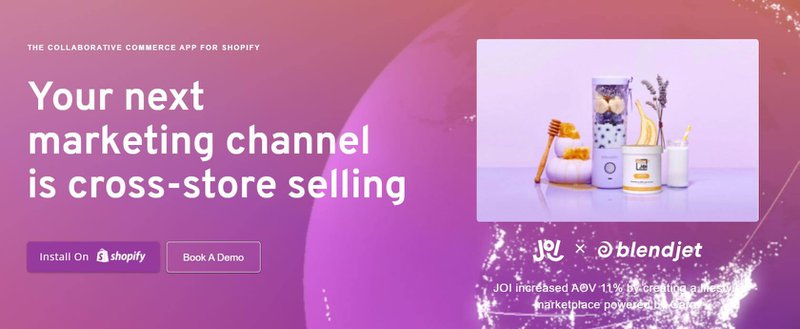
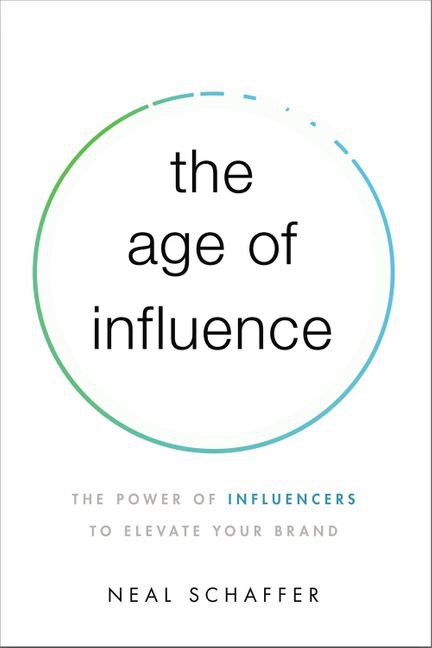
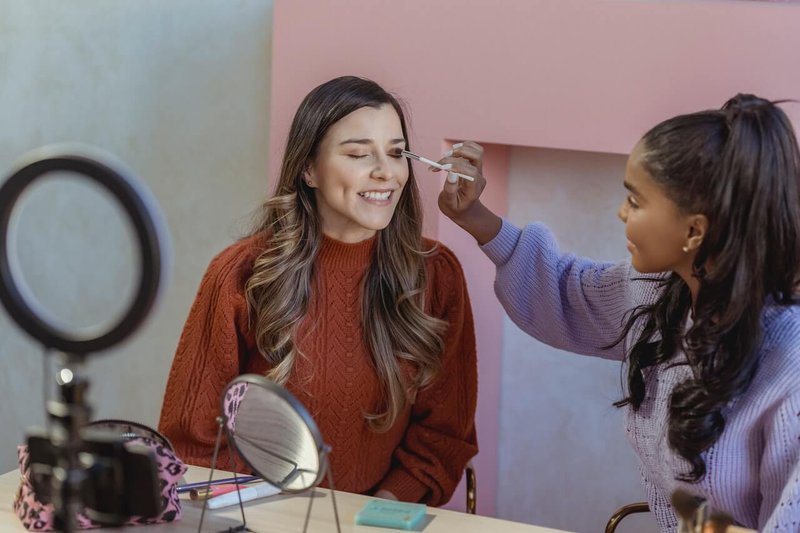
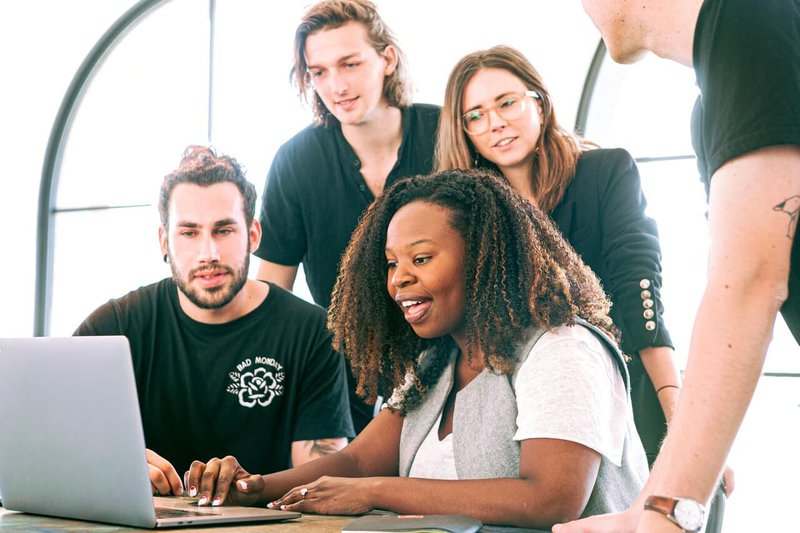
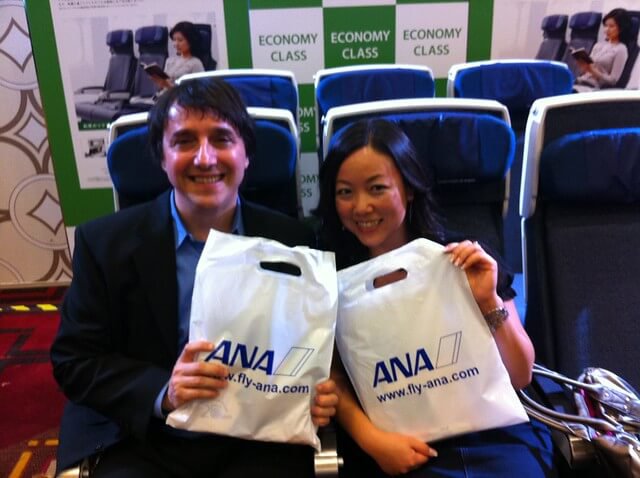
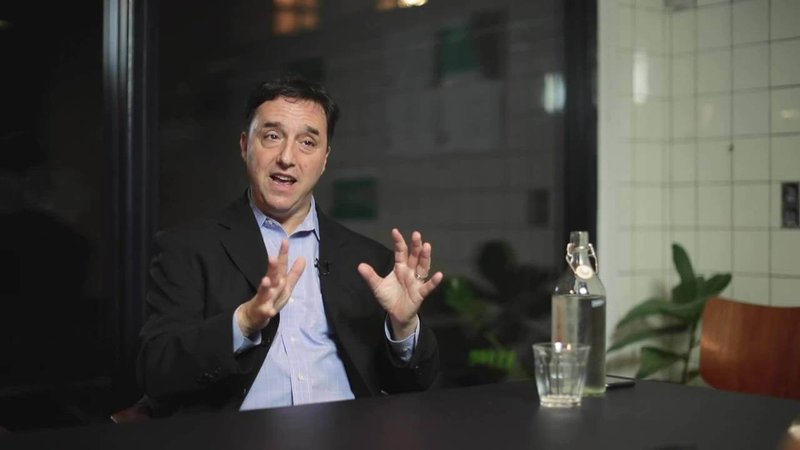

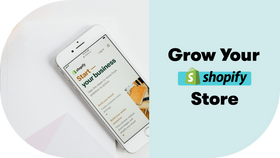
![[Interview] Dhariana Lozano on How eCommerce Brands Should Use Social Media](https://entail.mayple.com/en-assets/mayple/fit-in/280x280/612a80113f3d2d0636e4f5a3_1200852689104635Mayple1920x1080JEP1_02_ebc38251ad211926b000820130394897_2000-1699777216729.png)

